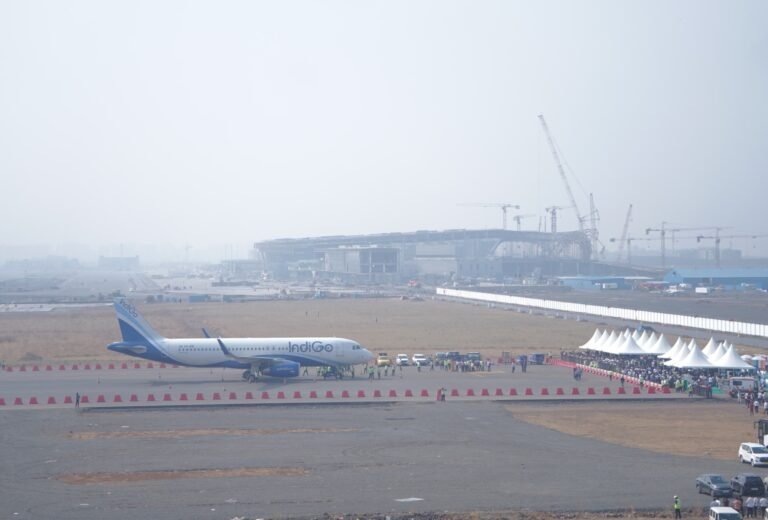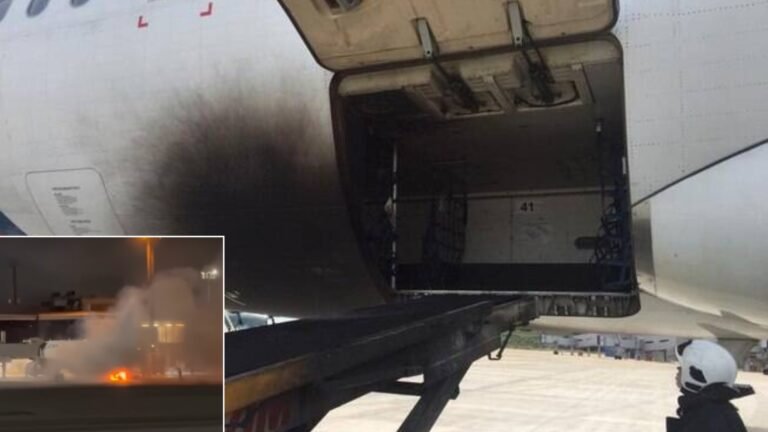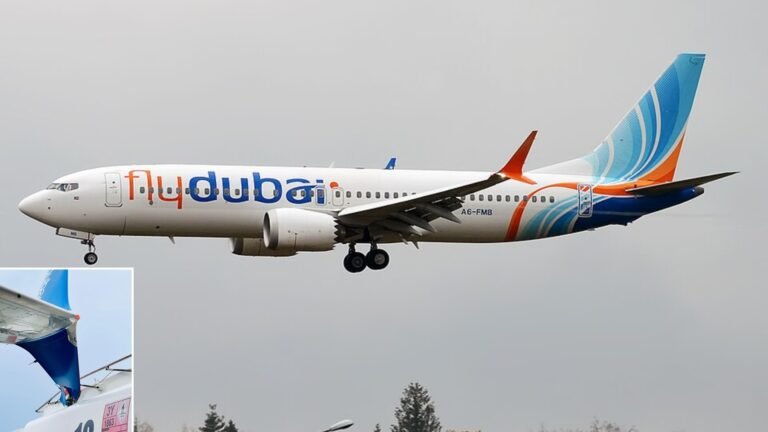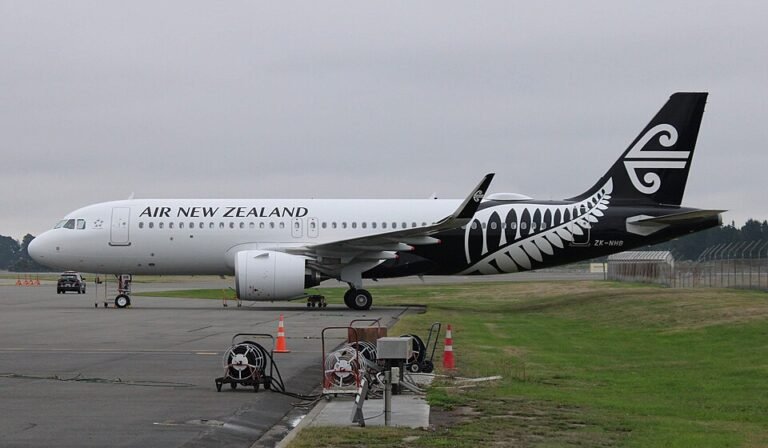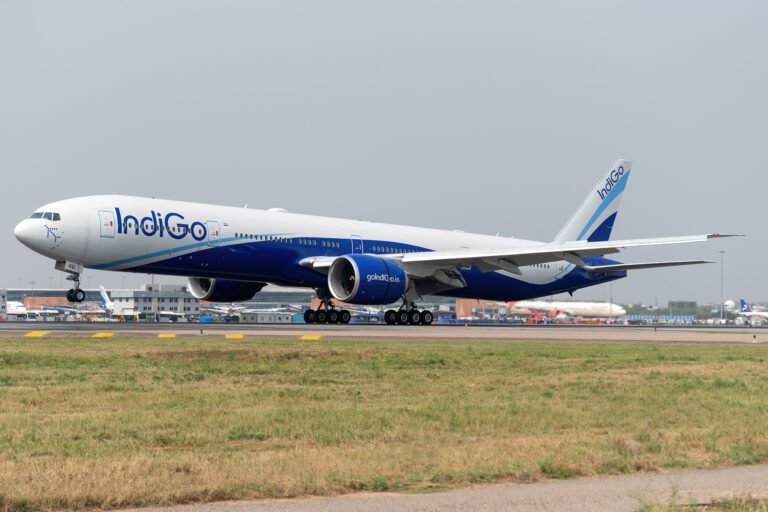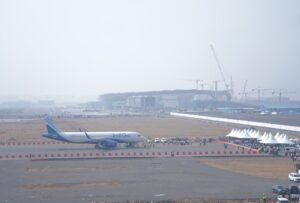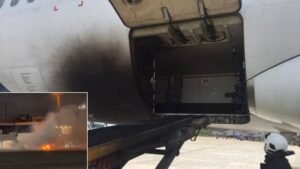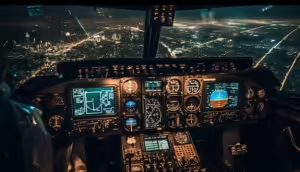
Image: NTSB
Washington, United States: Investigators probing the January 29 mid‑air collision between U.S. Army Black Hawk helicopter and American Airlines Flight 5342 over the Potomac River revealed a combination of faulty altitude data, communication failures, and ignored safety warnings as contributing factors to the disaster that killed all 67 people aboard the commercial aircraft.
During three days of public hearings held this week, the National Transportation Safety Board (NTSB) disclosed evidence that the Black Hawk was operating as much as 100 feet higher than its altimeter indicated, breaching the restricted ceiling for helicopters transiting the congested Reagan National Airport corridor. Officials said the helicopter’s barometric altitude sensors were incorrectly calibrated, a condition also found in similar Army aircraft.
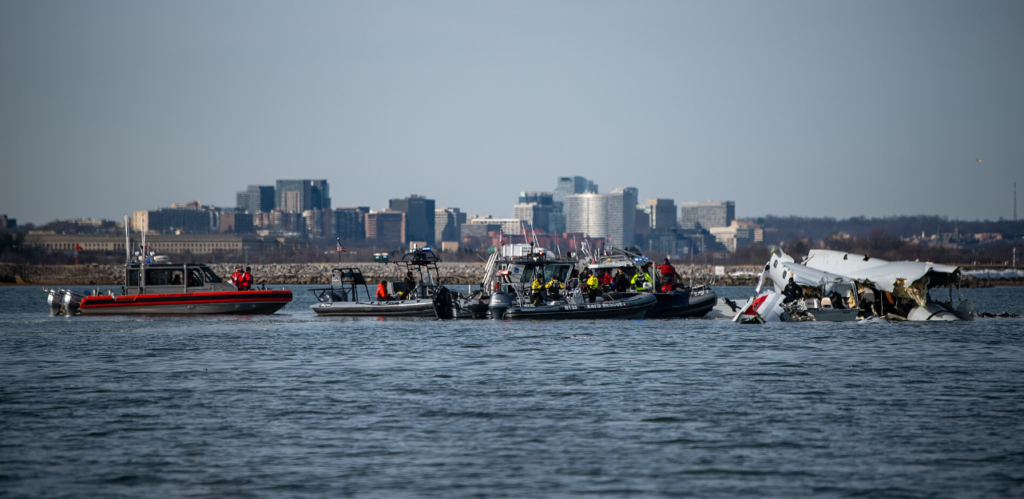
“Altitude deviations of that magnitude are unacceptable in such tightly controlled airspace,” said NTSB Chair Jennifer Homendy, noting that the military’s existing tolerance for up to 100 feet of variance was now under review.
The hearing also detailed a communication breakdown moments before the collision. A radio transmission from the Black Hawk reportedly “stepped on” the tower controller’s instructions, obscuring critical clearance information. Compounding the error, a single controller was managing both local helicopter and fixed‑wing operations, an arrangement the NTSB described as “operationally unsound for high‑density traffic periods.”
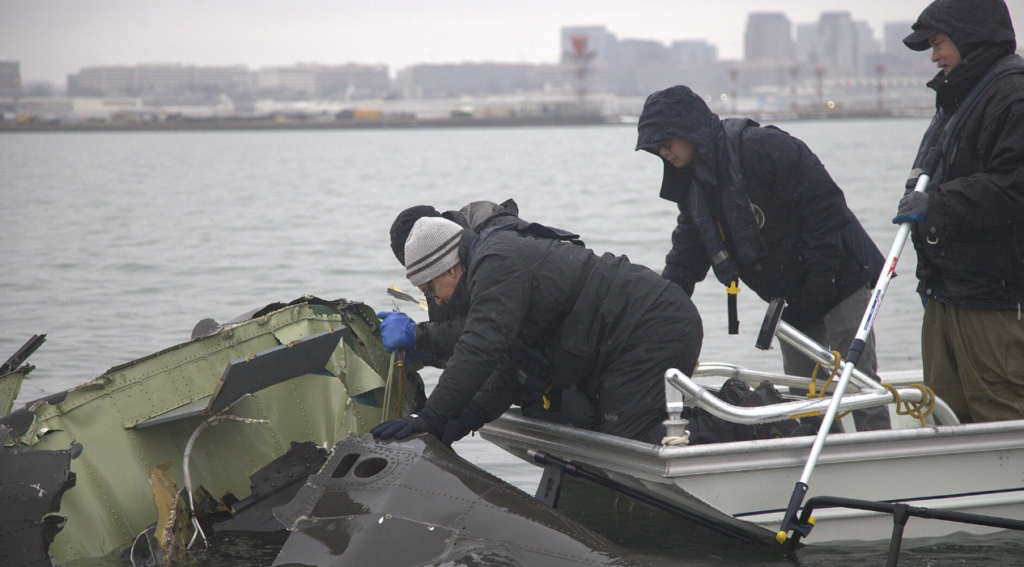
The Federal Aviation Administration faced sharp criticism for not acting on repeated warnings from controllers and internal safety analysts. Between 2021 and 2024, more than 15,000 near‑miss events were recorded nationwide, including 84 in the Washington National airspace region. Despite internal proposals to chart helicopter “hot spots” and segregate their routes, no permanent changes were implemented prior to the crash.
According to Reuters, Transportation Secretary Sean Duffy told lawmakers that, “This accident reflects systemic failures that cannot be excused by procedural norms or military exemptions.”
On Tuesday, Senator Ted Cruz introduced bipartisan legislation requiring all military and training helicopters operating near commercial corridors to activate ADS‑B Out tracking, which broadcasts precise position and altitude to air traffic control and other aircraft. The bill also calls for a comprehensive review of flight routing in mixed‑use airspace and a federal audit of aviation oversight practices.
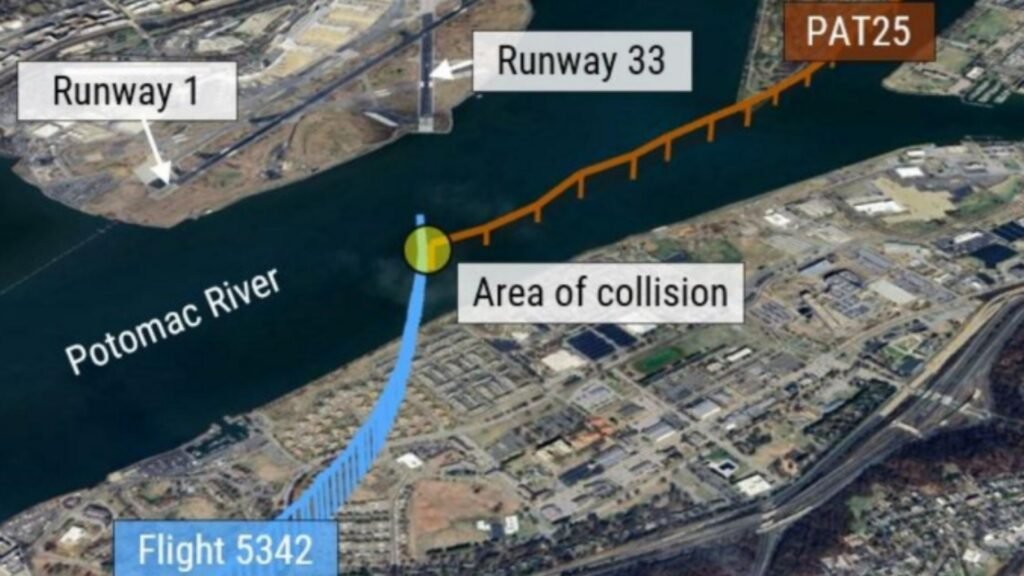
The Army confirmed that ADS‑B tracking had been disabled during the helicopter’s test mission, a common practice for certain military flights but one that reduced situational awareness in an already crowded corridor.
Families of victims, along with aviation safety advocates, have welcomed the proposed reforms, though the NTSB cautioned that a final report is not expected until 2026.


